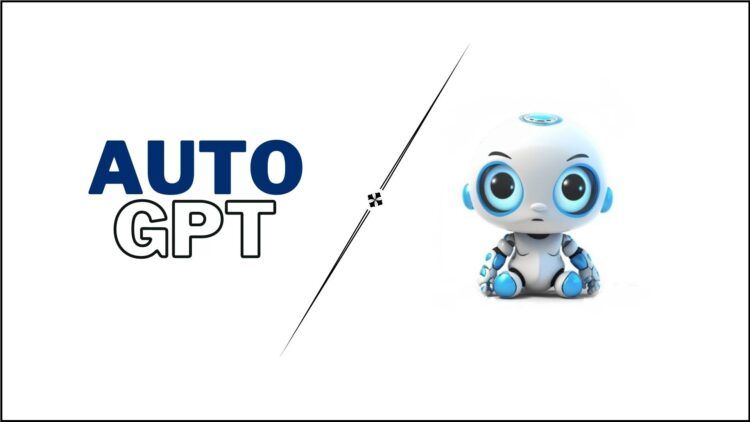For users who have been looking for ways to increase their efficiency with AI, BabyAGI vs AutoGPT comparison has gained heavy importance recently.
Artificial Intelligence has seen significant advancements in recent years, with the development of autonomous AI agents that can accomplish multiple tasks to achieve a specific objective. Two prominent examples of such agents are BabyAGI and Auto-GPT.
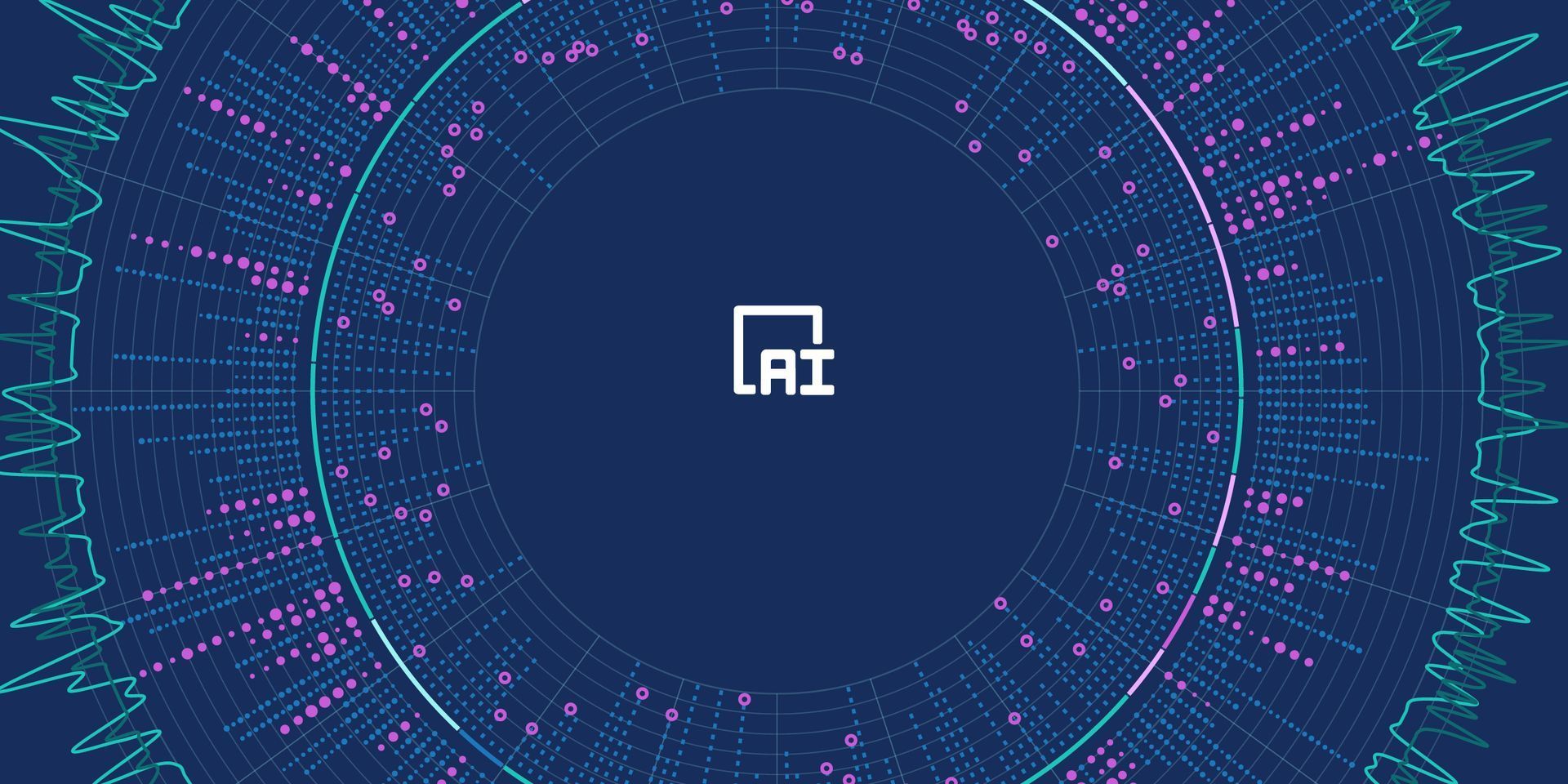
Below, we are going to check out the unique features of each AI program and describe which purposes they suit the most. However, prior to moving on to a close examination, let’s take a quick look at the rundown of their comparison.
BabyAGI:
- Utilizes GPT-4, LangChain, Pinecone, and Chrome integration.
- Employs a Python script to create a network of AI agents for task execution.
- Focuses on decision-making, parameter control, and cognitive capabilities.
- Suitable for tasks like cryptocurrency trading, robotics, and autonomous driving.
- Incorporates trial-and-error learning and feedback to make human-like cognitive decisions.
- Can write and execute codes to achieve specific objectives.
- Limited by the extent of its training data and lacks access to internet services.
Auto-GPT:
- Combines GPT-4 and GPT-3.5 for task execution.
- Leverages internet services and local data sources.
- Excels in generating text-rich content and images.
- Useful for tasks such as content creation, text summarization, and translation.
- Can gather information from apps, websites, books, and documents.
- Offers a text-to-speech feature for audio output.
- May extract content from unlabeled data without proper supervision.
- Capable of image generation through integration with OpenAI’s DALL-E.
- Multitasking capabilities can sometimes lead to losing focus on the main objective.
Who is the winner of the BabyAGI vs AutoGPT comparison?
Below, we will explore the differences between these agents in terms of their structure, technique, purpose, and capabilities, allowing you to make an informed decision about which tool is best suited for your needs.
BabyAGI: Autonomous general intelligence
Developed by Yohei Nakajima, BabyAGI is an autonomous Artificial General Intelligence agent that leverages various technologies to generate and execute tasks. It utilizes OpenAI’s GPT-4 model as its core language element, along with the coding framework LangChain, vector database Pinecone, and Chrome browser integration.
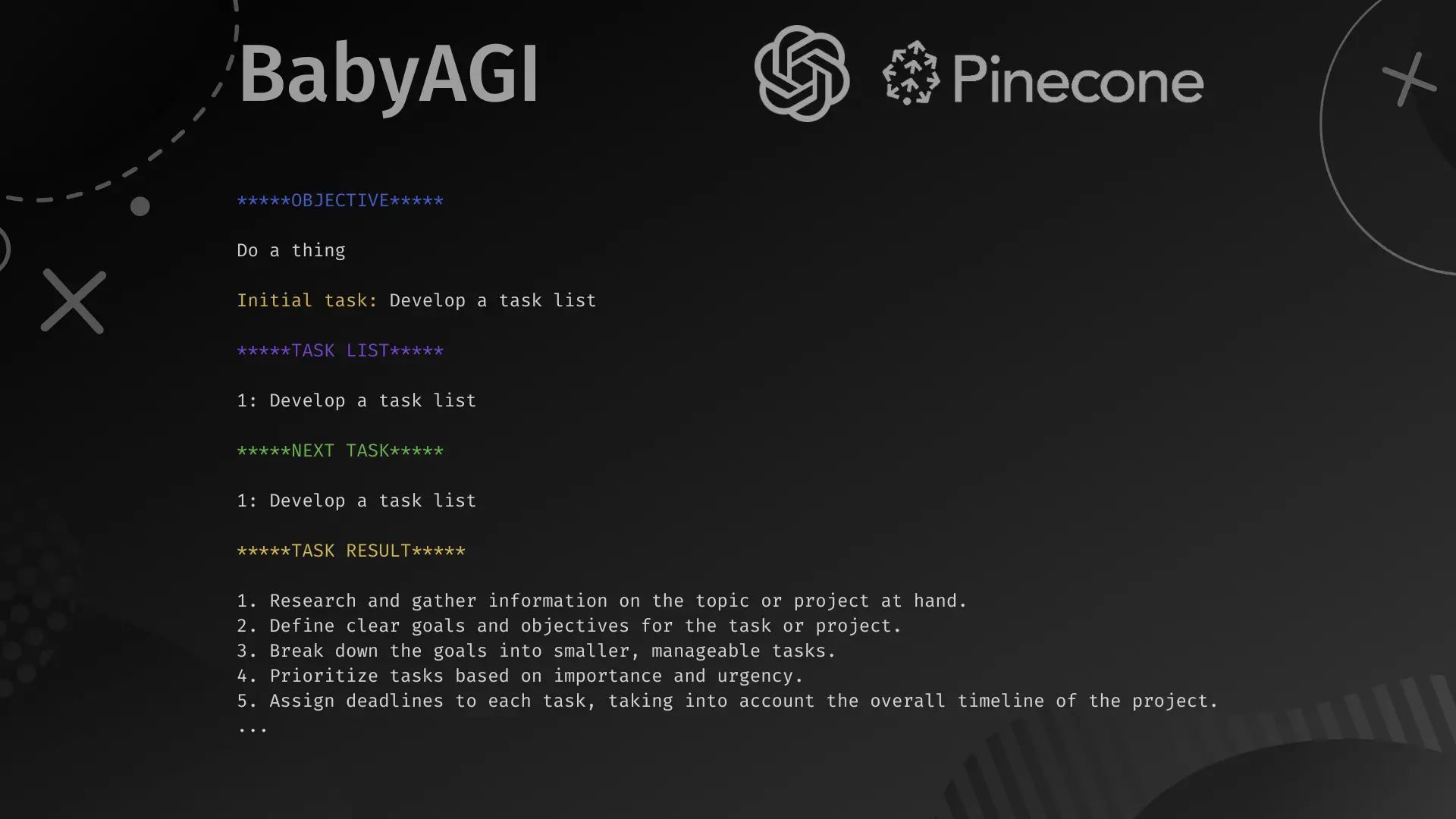
By employing a Python script, BabyAGI creates a network of AI agents capable of performing a series of tasks to fulfill a predefined objective.
Unlike AI tools like ChatGPT that interpret queries and generate responses, BabyAGI employs language models to create a task list required to reach the objective. It executes these tasks sequentially, with the results of one task influencing the subsequent ones.
Moreover, BabyAGI can generate new tasks based on the outcomes of previous ones, maintaining a long-term memory of tasks and events. This ability enables it to make complex decisions without losing sight of the predefined objective.
AutoGPT: Task accomplishment through text and images
AutoGPT, on the other hand, utilizes OpenAI’s GPT-4 model in combination with GPT-3.5 to achieve its objectives. When provided with an objective, AutoGPT generates codes using GPT-4 to create and execute tasks. The results of these tasks are saved and processed using GPT-3.5, which serves as a virtual memory space for previous tasks.
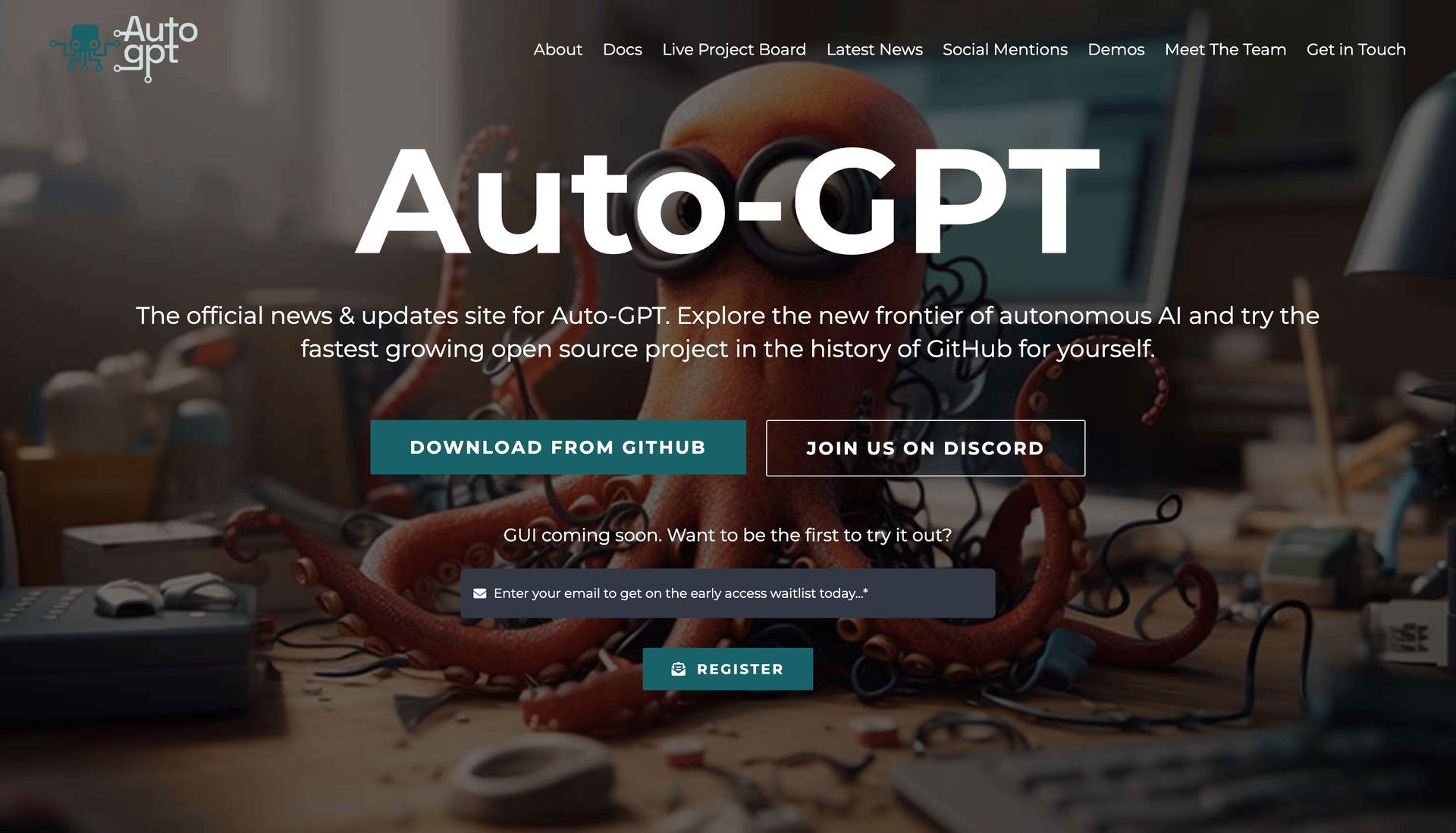
AutoGPT excels in generating text-rich content and images, making it suitable for tasks involving text summarization, translation, and even image generation using OpenAI’s DALL-E.
BabyAGI vs AutoGPT: Differences in structure and technique
One significant distinction between BabyAGI and AutoGPT lies in their structure and technique. BabyAGI relies on GPT-4, LangChain, Pinecone, and Chrome integration, all orchestrated through a Python script. This integration allows BabyAGI to create a network of AI agents capable of accomplishing a set of tasks towards a predefined objective.
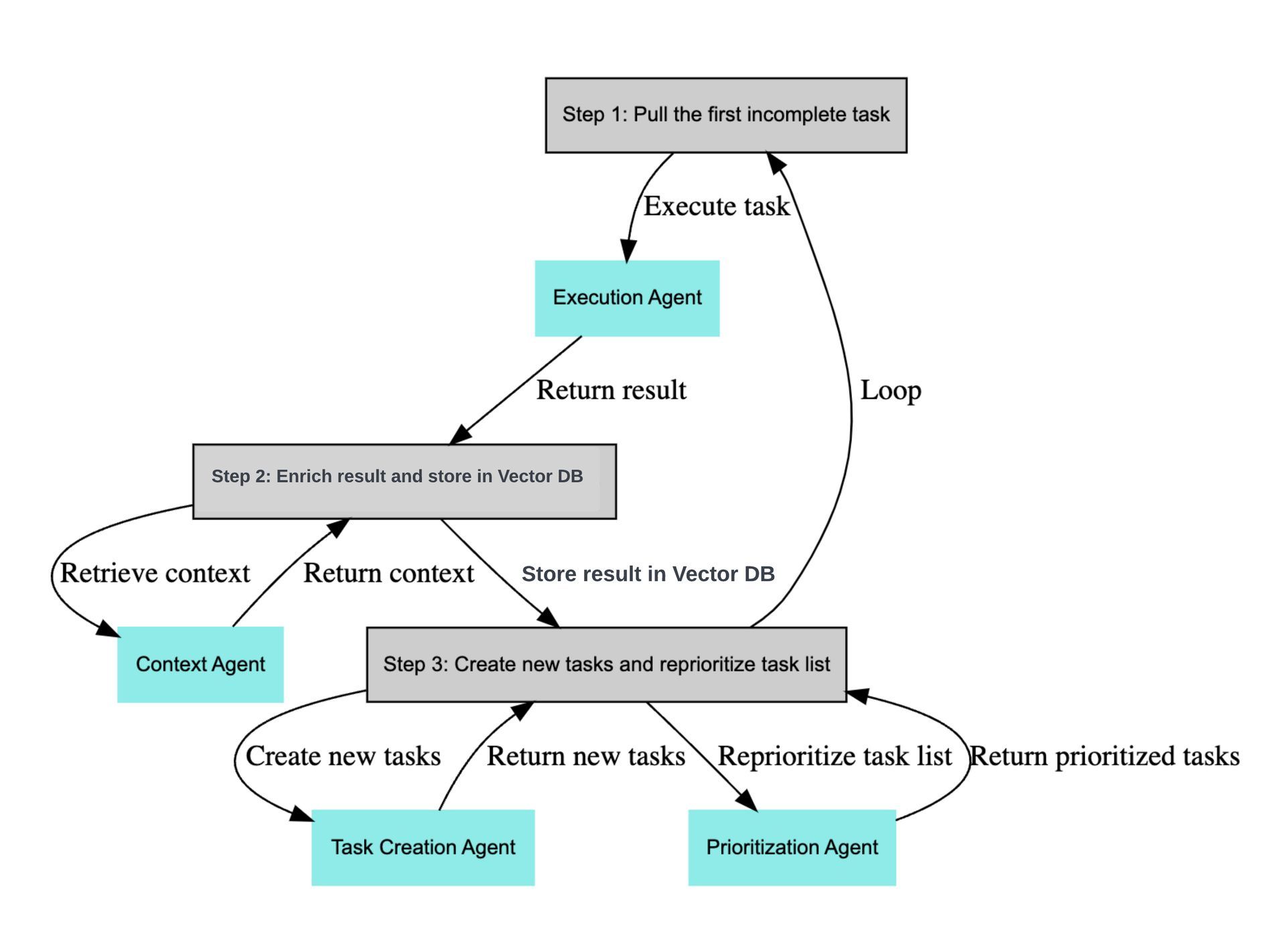
AutoGPT, on the other hand, combines GPT-4 with GPT-3.5. It generates codes using GPT-4 to create and execute tasks, while GPT-3.5 acts as an artificial memory space for storing and processing the results of these tasks. This approach enables AutoGPT to leverage a wider range of data sources, including internet services and local files.
BabyAGI vs AutoGPT: Distinct purposes and capabilities
The purpose and capabilities of BabyAGI vs AutoGPT further differentiate these agents. AutoGPT excels at generating text-rich content and images, making it a valuable tool for tasks such as content creation, text summarization, and translation.
With its access to various internet services and local data, AutoGPT can provide detailed textual content based on a given objective, offering an alternative to ChatGPT where multiple prompts might be required for similar results.
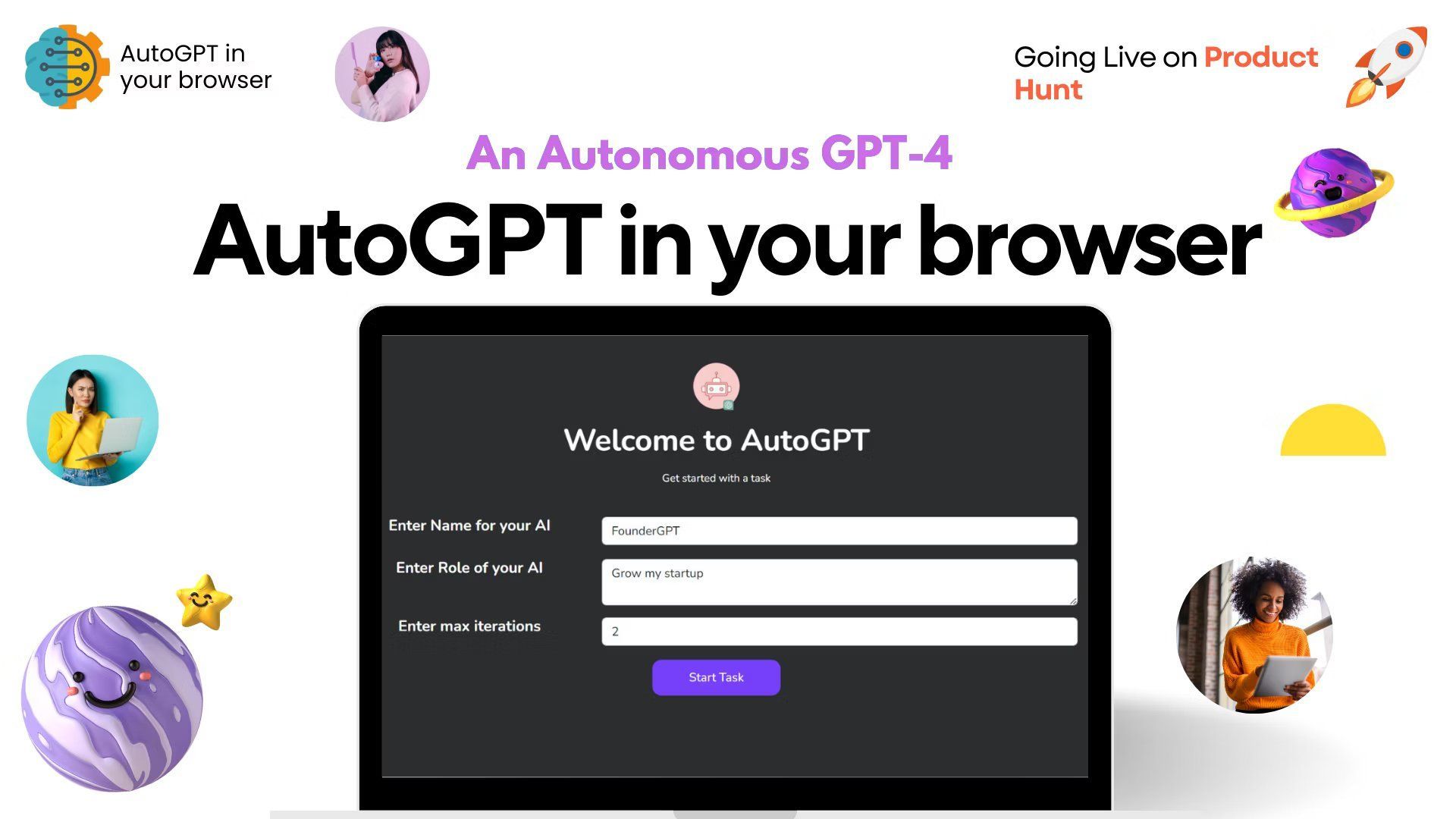
BabyAGI, on the other hand, boasts human-like cognitive capabilities, making it suitable for tasks that involve decision-making and parameter control. Fields like cryptocurrency trading, autonomous driving, robotics, and gaming can benefit from BabyAGI’s decisive nature. Additionally, BabyAGI possesses the ability to write and execute codes, enhancing its versatility and adaptability.
BabyAGI vs AutoGPT: Performance and results
When it comes to performance and results, BabyAGI relies on its training with real-world scenarios and simulated environments. This training enables BabyAGI to complete complex tasks swiftly and accurately. However, the effectiveness of BabyAGI is limited by the extent of its training data and its lack of access to internet services, constraining its usage to specific fields.

AutoGPT, on the other hand, benefits from its ability to access the internet for gathering information. It can utilize data from various sources, such as apps, websites, books, documents, and articles, to complete tasks necessary for achieving the objective.
While this wider access to data allows AutoGPT to generate more descriptive content, it also presents challenges in maintaining accuracy, as it may extract content from unlabeled data without proper supervision. Additionally, AutoGPT’s multitasking capabilities may sometimes lead to losing focus on the main objective if it gets stuck on a particular task.
BabyAGI vs AutoGPT: Unique features and limitations
The contestants of BabyAGI vs AutoGPT comparison possess distinct features that set them apart. BabyAGI’s long-term memory, facilitated by LangChain and Pinecone, enables faster retrieval of information, offering an advantage over AutoGPT in terms of speed. BabyAGI’s trial-and-error learning process, incorporating feedback from prompts and task results, allows it to make human-like cognitive decisions.
Furthermore, BabyAGI’s expertise in fields such as cryptocurrency trading, robotics, and autonomous driving makes it a valuable tool in these domains. Additionally, BabyAGI can write and execute codes to accomplish specific objectives.
On the other hand, AutoGPT’s ability to access a wide range of data sources from the internet grants it an advantage in terms of information retrieval. It can generate high-quality, human-like texts due to its extensive training data, making it suitable for tasks such as email writing, report preparation, and market research.
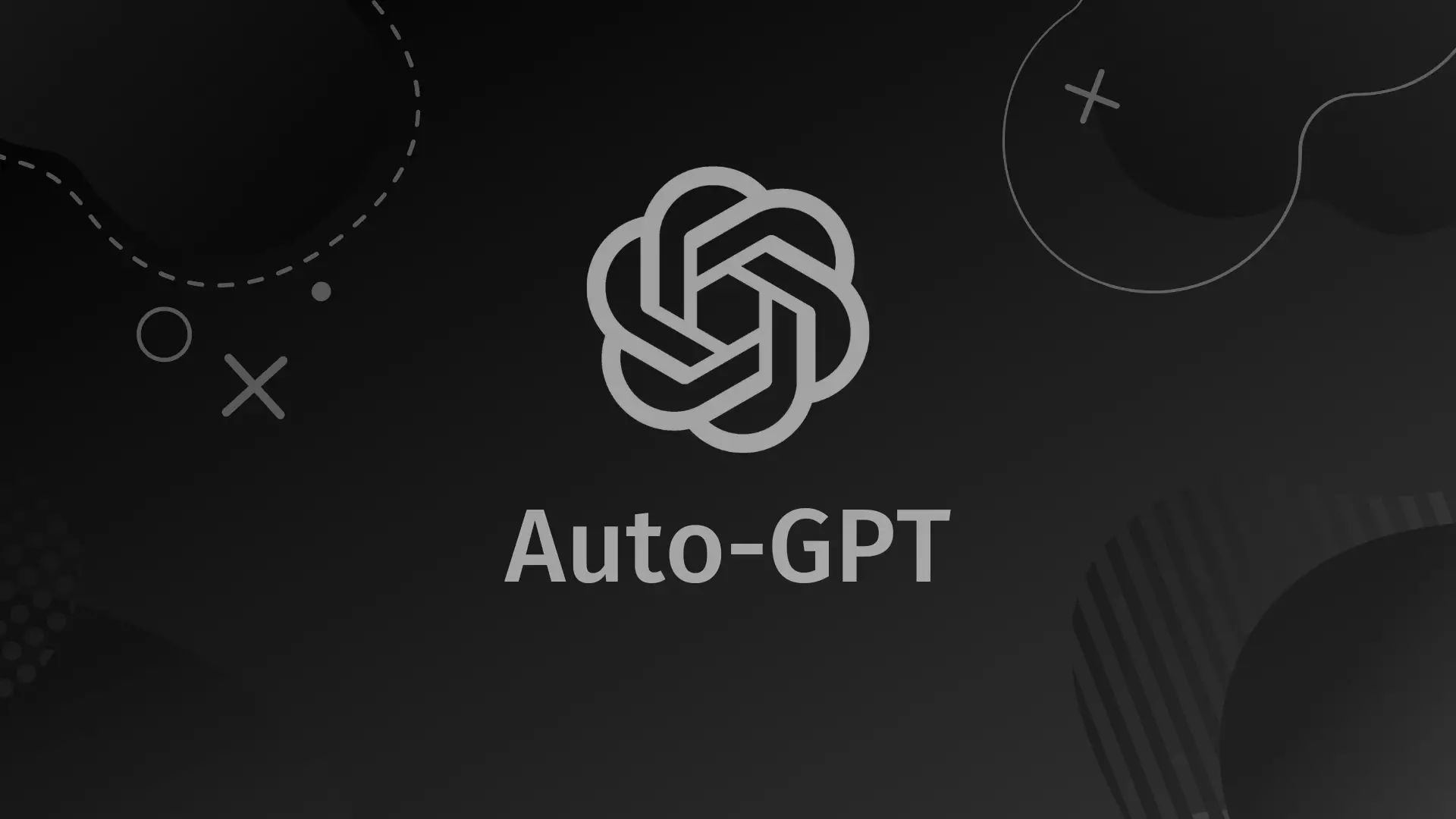
AutoGPT also benefits from its integration with OpenAI’s DALL-E, enabling image generation, a capability not present in BabyAGI. Moreover, AutoGPT offers a text-to-speech feature that can be easily incorporated using a simple code in the Python script, whereas BabyAGI currently lacks voice command functionality.
Choosing the right tool for the task
When deciding between BabyAGI and AutoGPT, it is essential to consider the specific requirements of your project. BabyAGI’s strengths lie in decision-making, parameter control, and cognitive capabilities, making it ideal for tasks in autonomous driving, robotics, and other related fields. AutoGPT, on the other hand, excels in generating text-rich content, accessing internet services for data retrieval, and even image generation.
Ultimately, the choice between BabyAGI and AutoGPT depends on the nature of the project and the tasks at hand. Assessing their unique features, limitations, and compatibility with your objectives will help you determine the tool that best aligns with your needs.
You can also check out a Reddit post where people have shared their experiences with both.
If you are looking for comprehensive information about the existing AI software, don’t forget to come back and check out Auto-GPT vs. ChatGPT once you are done here.
Featured Image: Credit

